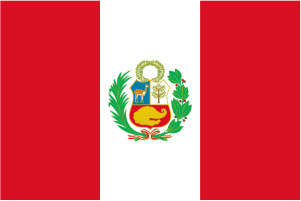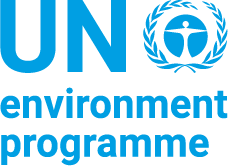
Peat landscapes will be in focus at the upcoming ‘Global Landscapes Forum: Peatlands Matter’ event, taking place in Jakarta on 18 May 2017. Find out more here.
Peru has the fourth largest area of peatlands in the Tropics. Its most representative land cover on peat is a Mauritia flexuosa dominated palm swamp (thereafter called dense PS), which has been under human pressure over decades due to the high demand for the M. flexuosa fruit often collected by cutting down the entire palm. Degradation of these carbon dense forests can substantially affect emissions of greenhouse gases and contribute to climate change. The first objective of this research was to assess the impact of dense PS degradation on forest structure and biomass carbon stocks. The second one was to explore the potential of mapping the distribution of dense PS with different degradation levels using remote sensing data and methods. Biomass stocks were measured in 0.25 ha plots established in areas of dense PS with low (n = 2 plots), medium (n = 2) and high degradation (n = 4). We combined field and remote sensing data from the satellites Landsat TM and ALOS/PALSAR to discriminate between areas typifying dense PS with low, medium and high degradation and terra firme, restinga and mixed PS (not M. flexuosa dominated) forests. For this we used a Random Forest machine learning classification algorithm. Results suggest a shift in forest composition from palm to woody tree dominated forest following degradation. We also found that human intervention in dense PS translates into significant reductions in tree carbon stocks with initial (above and below-ground) biomass stocks (135.4 ± 4.8 Mg C ha-1) decreased by 11 and 17% following medium and high degradation. The remote sensing analysis indicates a high separability between dense PS with low degradation from all other categories. Dense PS with medium and high degradation were highly separable from most categories except for restinga forests and mixed PS. Results also showed that data from both active and passive remote sensing sensors are important for the mapping of dense PS degradation. Overall land cover classification accuracy was high (91%). Results from this pilot analysis are encouraging to further explore the use of remote sensing data and methods for monitoring dense PS degradation at broader scales in the Peruvian Amazon. Providing precise estimates on the spatial extent of dense PS degradation and on biomass and peat derived emissions is required for assessing national emissions from forest degradation in Peru and is essential for supporting initiatives aiming at reducing degradation activities.Download:
 file
file

- Authors: Hergoualc'h, K., Gutierrez-Velez, V.H., Menton, M., Verchot, L.V.
- Author Affiliation: International Center for Tropical Agriculture, Center for International Forestry Research
- Subjects: carbon, carbon dioxide, peatlands, remote sensing, land cover, climate change, emission, tropical forests
- Publication type: Journal Article, ISI
- Source: Forest Ecology and Management 393: 63-73
- Year: 2017
- DOI: https://doi.org/10.1016/j.foreco.2017.03.016



















